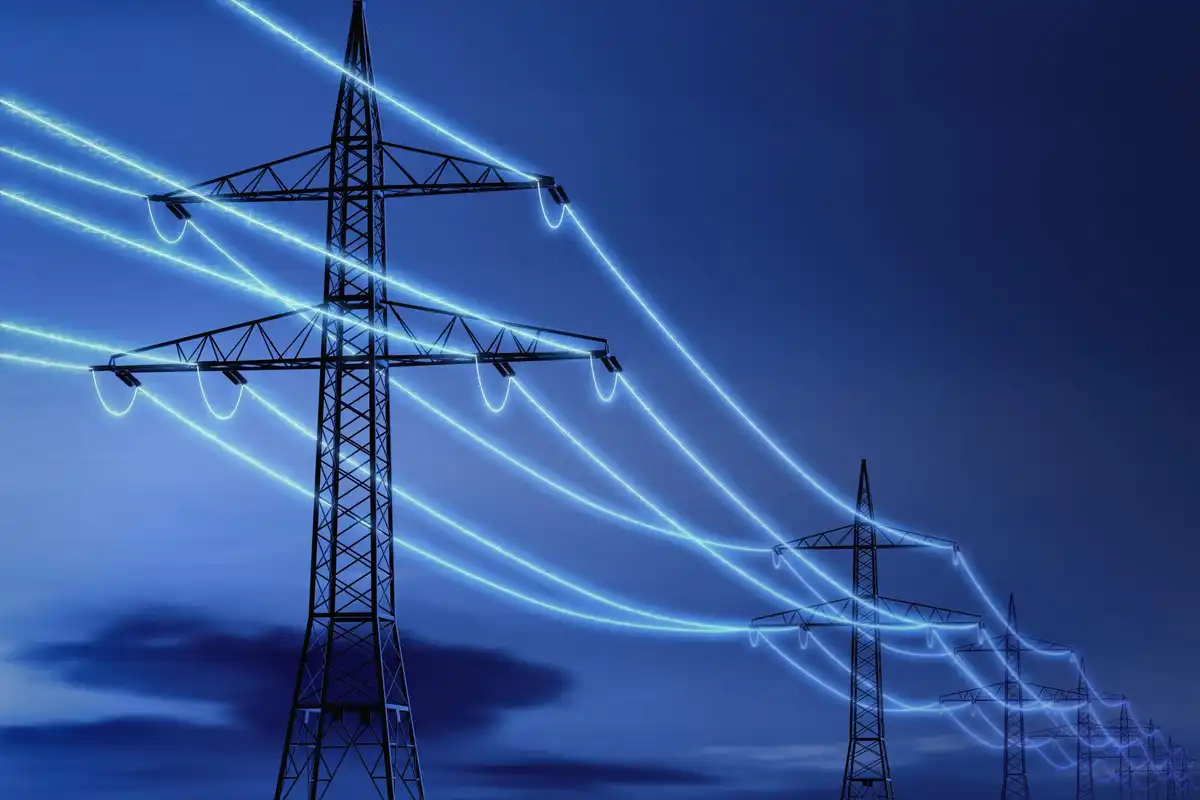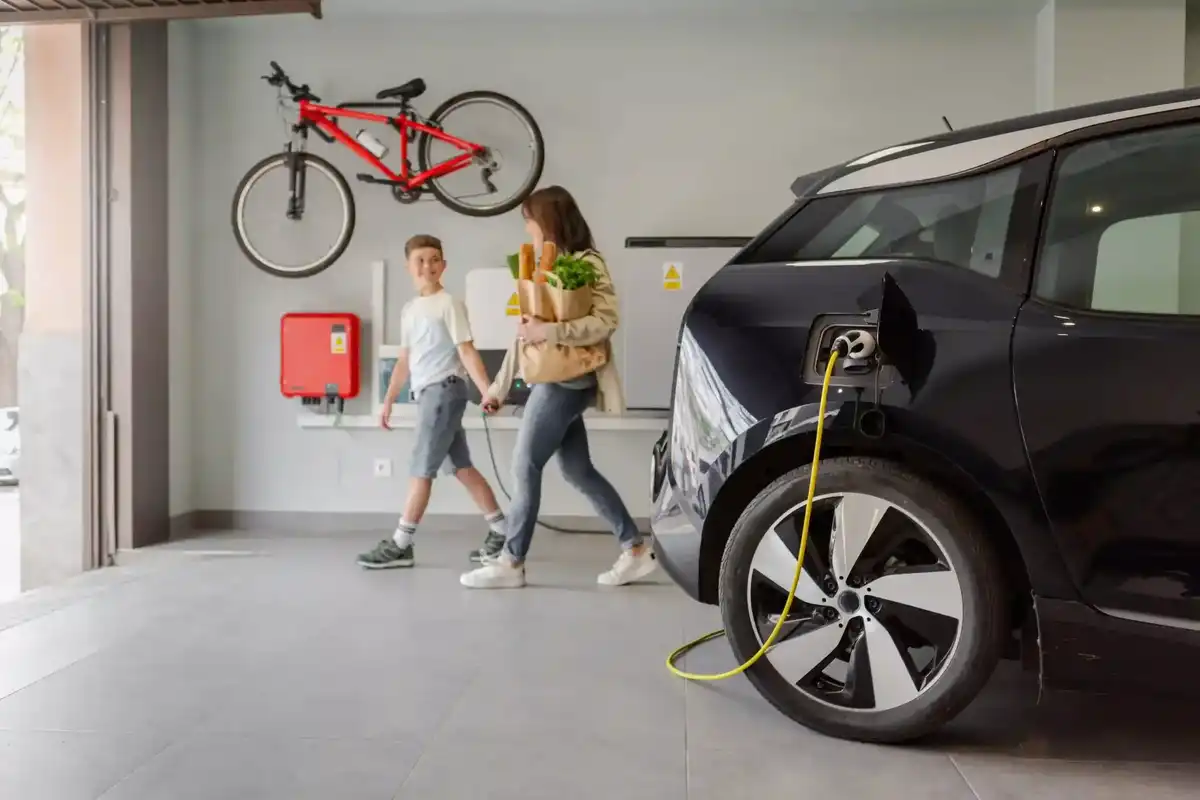Houston expert on importance of messaging when scaling an energy transition company
comms 101
Several years ago, Kelsey Hultberg decided to make a pivot. Looking for a role with career growth opportunities, the communications professional thought she'd find something at an oil and gas company, but then she met John Berger, founder and CEO of Sunnova, who was looking for someone to stand up their communications team amidst the solar energy company's growth.
"He hooked me," Hultberg shares on the Houston Innovators Podcast. "He said, 'I've got big plans for this company. I see where this energy industry is going, I see that we're prime for a transition, and I want to take this company public.' And I started a few weeks later."
Hultberg has been telling the story for Sunnova — which equips customers with solar and storage technology, providing them with energy independence — ever since, through scaling, new technologies, and its IPO in 2019.
Each phase of the company represented different challenges for Hultberg and her communications team. As she explains on the podcast, consistently conveying a strong message is key in any industry, but especially energy.
"Communication is critical," Hultberg says, "having a strategy and really being able to articulate who you are, what you stand for, what is your mission, what is your vision — and really beyond that, what is your strategy for how you move forward. ... You can never say the same thing to the same people too many times, especially when you're a company that some people have never heard of before."
And while there's a unique challenge to communications for energy transition companies, Hultberg says she views it as a huge opportunity as long as you have the right structure in place.
"Of course communications and being as strategic as possible with the story that you're telling and the narrative that you're weaving for your different audiences, but then you layer on an industry that's rapidly changing and is tumultuous at times," she says. "Being able to come back to the core mission and values is really incredible."
Hultberg says that when she originally joined the team in 2017, she thought a solar energy company in Houston was an interesting choice — and it was. Texas was not one of Sunnova's biggest markets at the time, Hultberg explains, but things are different now.
"Over the last couple of years, especially after Winter Storm Uri, where you saw a lot of people go without power. ... We had a lot of customers say, 'That can't happen again,'" she says. "You're seeing the adoption and uptick in solar in storage because they are looking for grid reliability and affordability and they aren't getting it from their utility providers."
———
This article originally ran on InnovationMap.








 Air Liquide and Hyundai agreed to expand hydrogen refuelling networks, storage capacity and more at a meeting in Seoul last week. Photo courtesy Air Liquide.
Air Liquide and Hyundai agreed to expand hydrogen refuelling networks, storage capacity and more at a meeting in Seoul last week. Photo courtesy Air Liquide.
